Clancy Tucker's Blog, page 111
July 22, 2019
23 July 2019 - THE OLD CURIOSITY SHOP IN LONDON
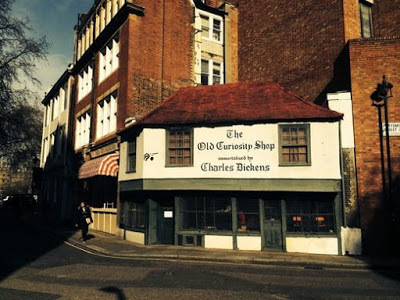
THE OLD CURIOSITY SHOP IN LONDON
G'day folks,Here is a quaint little store that is said to have inspired a famous Dickens novel that was only given its name after the book was released. Tucked away amongst the buildings of London’s School for Economics is a small, wood-beamed shop. Dating from the 16th century, its sloping roof, overhanging second floor, and uneven Tudor gabling mark it as one of London’s oldest shops. Dwarfed and out of place amidst one of the world’s most prestigious universities, the little creaking shop, constructed from salvaged ship wood, survived not only the Great Fire of London in 1666, but the devastation of the Blitz. Living in neighbouring Bloomsbury, Charles Dickens visited the quaint shop on a number of occasions. Although the name was added after the novel was released, it is thought to have became the inspiration for his 1841 novel, The Old Curiosity Shop.
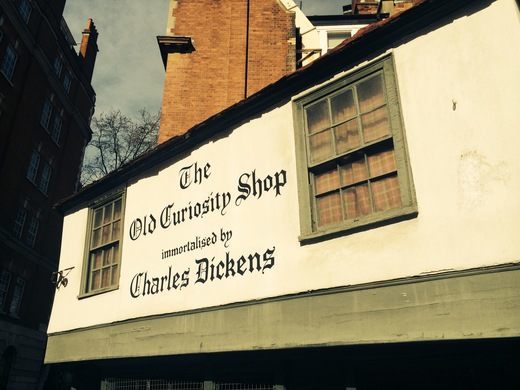
The Old Curiosity Shop of Dickens’ imagination was the home of a virtuous teenage orphan, Nell Trent, and her grandfather. The tragic tale took place in “one of those receptacles for old and curious things which seem to crouch in odd corners of this town and to hide their musty treasures from the public eye in jealousy and distrust.” The story was originally serialized in 1840, in his weekly periodical, Master Humphrey’s Clock, along with Barnaby Rudge. The Old Curiosity Shop was so popular, legend has it that readers in New York, desperate to find out the conclusion, stormed the wharf of Lower Manhattan when the ship bearing the last installment docked. Oscar Wilde however was less enthused: “One would have to have a heart of stone to read the death of little Nell without dissolving into tears…of laughter.”
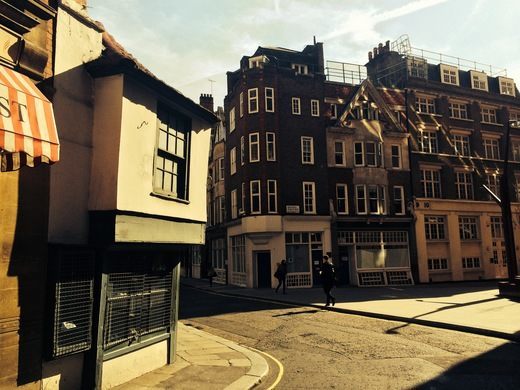
The original shop itself started as a dairy, given as a present by King Charles II to one of his many mistresses. Hidden away on Portsmouth Street just south of Lincoln’s Inn Fields, the Old Curiosity Shop today is a retailer of high end shoes and is still open for business, as it has been for over 500 hundred years.

Clancy's comment: What a great survivor, eh? I happen to have a very old framed, and numbered, sketch of this shop which I found at a garage sale many years ago.
I'm ...


Published on July 22, 2019 15:04
July 21, 2019
22 July 2019 - A COLLECTION OF RARE WAR PHOTOGRAPHS
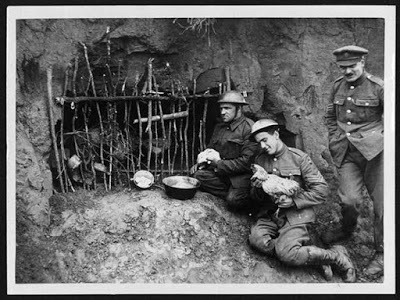
A COLLECTION OF RARE WAR PHOTOGRAPHS
G'day folks,
Welcome to a collection of rare photographs.
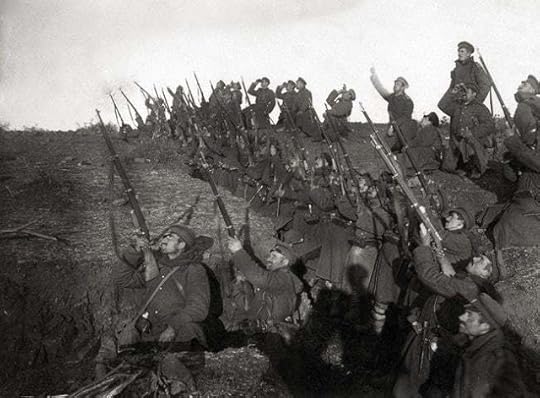
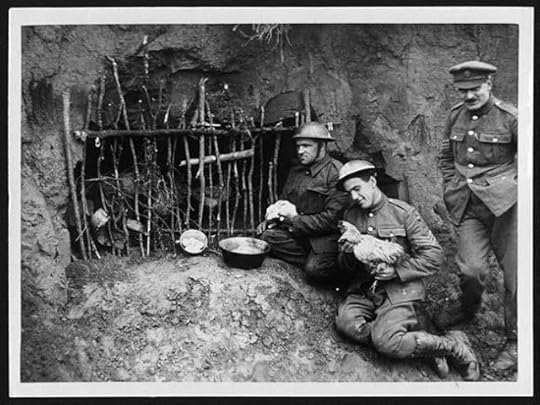


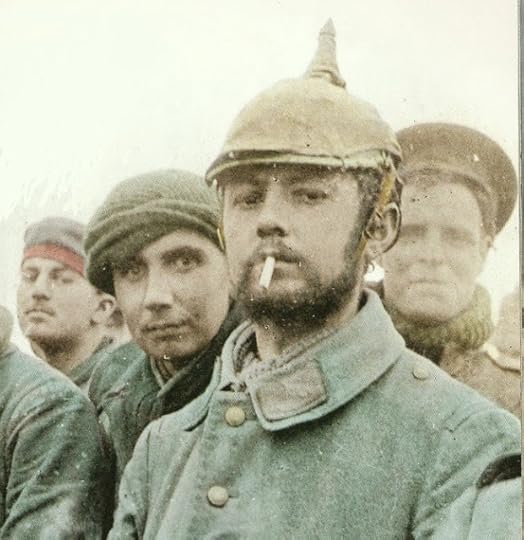
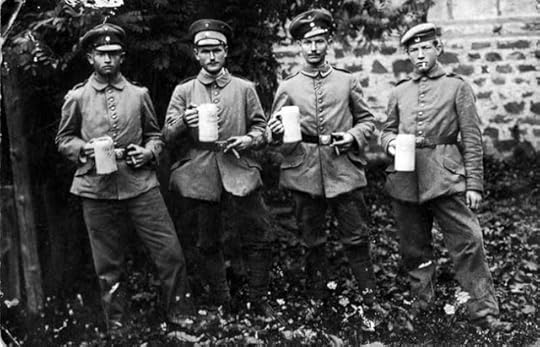
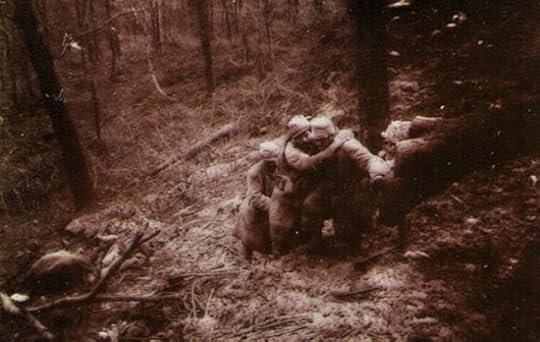




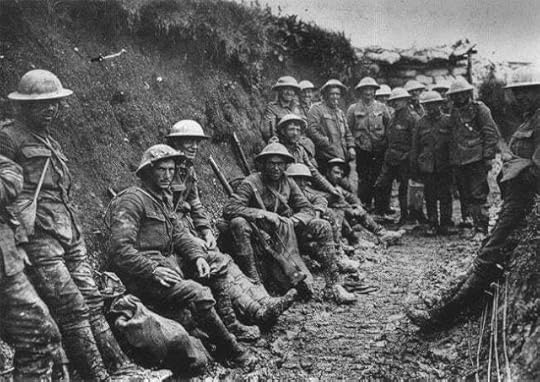


Clancy's comment: Warfare has certainly changed, eh?
I'm ...

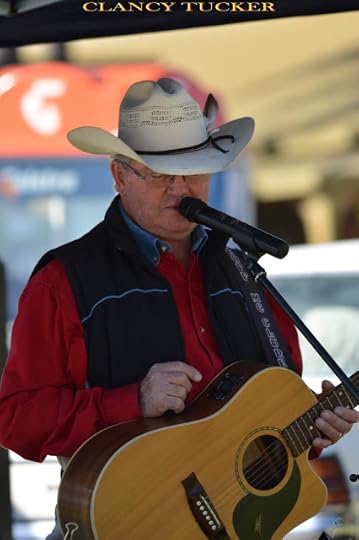
Published on July 21, 2019 13:52
July 20, 2019
21 July 2019 - THE SCARS OF WAR ON DESERTED CORREGIDOR ISLAND
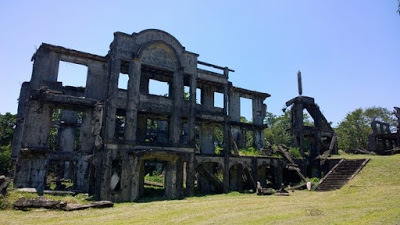
THE SCARS OF WAR ON DESERTED CORREGIDOR ISLAND
G'day folks,
The ruins on a deserted tropical island in the Philippines bear the scars of WWII.
Located at the entrance to Manila Bay, “Isla ng Corregidor” was identified by the Spaniards as a strategic defense location when they arrived in the 16th century. They named it “Island of the Corrector,” since this was the place where all ships entering Manila would stop for inspection. Since then the fortress island has been the site of many battles, from the Spanish-American War to the period of American colonialism.
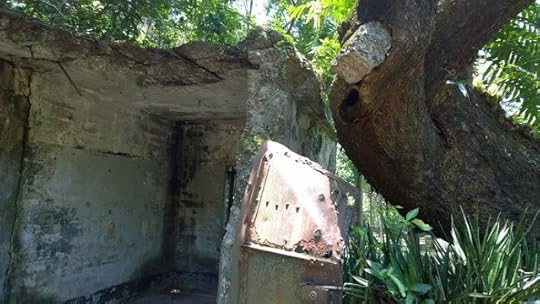
The oldest landmark on the island is the lighthouse dated 1853, but much of this lush tropical island is dominated by ruins that reflect the intense fighting that took place in World War II. In addition to defense and battery buildings, there are shops, a movie theater, and a swimming pool, all from the soldiers stationed here many years ago.

During the Japanese invasion of the Philippines in 1941, Corregidor was the temporary headquarters of the Philippine Government. American and Philippine troops fought desperately to defend the island using tunnels dug into the rock as storage for ammunition and hospitals, but without reinforcements the troops were beaten badly. Corregidor was surrendered to the Japanese by spring of 1942.
In 1945 the tide of war turned against the Japanese. Enduring months of aerial and naval bombardment in the tunnels on the island, they surrendered to American and Philippine forces in February that year.

Even on a bright, sunny day the place is heavy with memories of what happened here. The buildings and fortifications have been left untouched, which would give the impression that the fighting ended just yesterday if it weren’t for the greenery that has grown over in the decades since their abandonment. Tour guides on the island report they are still finding detritus from the battles of WWII.
They occasionally come across objects in the jungle undergrowth dating back to even earlier, when Philippines and American families were stationed on the island at the turn of the 20th century.
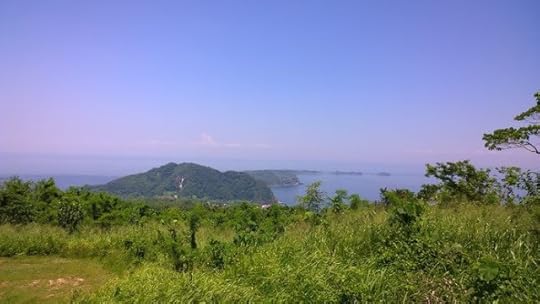
The expansive tunnels below ground are no doubt the eeriest part of the island. These dark corridors are allegedly haunted by Japanese soldiers who took their own lives before defeat, but whether or not you believe that legend, the tunnels are disturbing for the sheer amount of violence that occurred there.
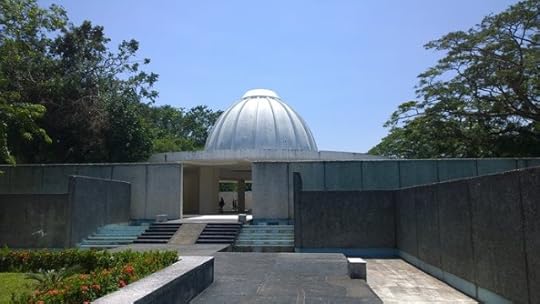
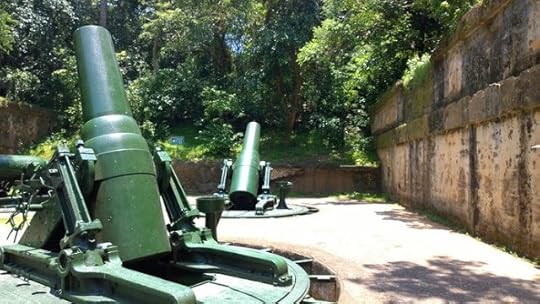
The island is now a designated national monument and war memorial. The ruins have been maintained in memory of the American, Philippine, and Japanese soldiers who fought and died here.

Clancy's comment: Often we see the extraordinary effort and cost involved in war. This island would be an example of that.
I'm ...


Published on July 20, 2019 15:07
July 19, 2019
20 July 2019 - BRESTOVAC SANATORIUM IN ZAGREB FINDS A NEW USE
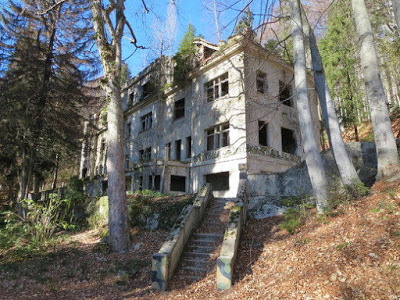
BRESTOVAC SANATORIUM IN ZAGREB FINDS A NEW USE
G'day folks,
Once a state-of-the-art tuberculosis treatment spa, these ruins are now ruled by paintball players. Hidden in the woods of Zagreb, Croatia, the remains of an old tuberculosis hospital have crumbled away into a haunting ruin. From sanatorium to military hospital to paintball arena, the Brestovac Sanatorium has lived a number of lives. First built in 1909, at the time of its creation, the hospital was one of the finest tuberculosis care facilities in all of Europe. Nestled in the calming mountain woods, it gave its patients a beautiful spot in which to relax and recuperate. But it was not just the scenery that led to the creation of the sanatorium. As the story goes it was actually love that led to the founding of the Brestovac facility.
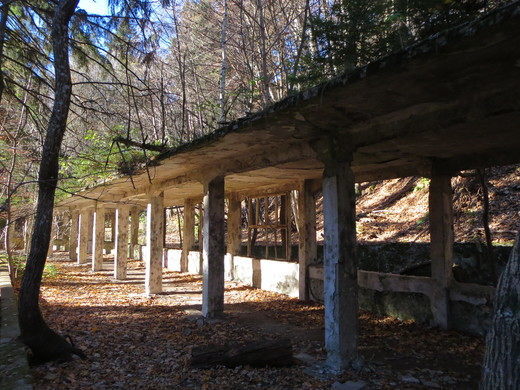
As the tale goes, Croatian doctor Milivoj Dezman fell in love with a beautiful theater actress known as Lady Sram. Dezman lived for his lady love, so when she came down with tuberculosis, he convinced the city founders to build a hospital to treat the disease, making sure that it was one of the best to accommodate his lover, who was one of the first patients. Sadly Lady Sram is said to have died in 1913, leaving Dezman to operate the hospital for years after.
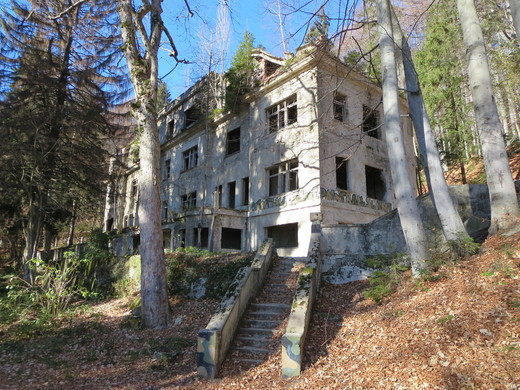
The sanitarium was used as a military hospital in both of the World Wars, but 1968, the facility had fallen into disrepair, and eventually it was simply abandoned, leaving the main building and a number of other structures to slowly decay into haunting ruins.
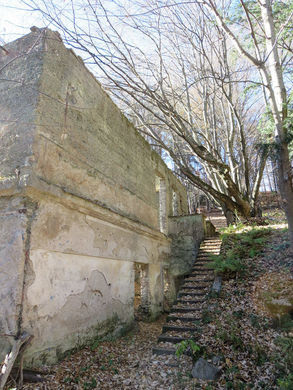
Today the site is open for any explorers who want to check out the mouldering hospital remains, but they seem to be used pretty frequently by paintballers who are indiscriminate in their targets, so watch your back.

Clancy's comment: How often do we find beautiful old buildings that have been abandoned? Too often.
I'm ....


Published on July 19, 2019 16:05
July 18, 2019
19 July 2019 - PORTAGE - A GHOST TOWN IN ALASKA
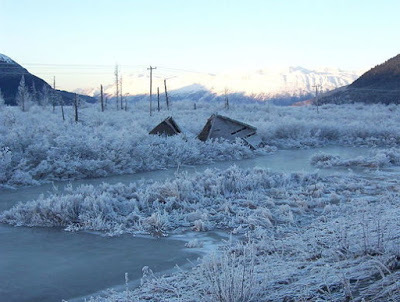
PORTAGE GHOST TOWN IN ALASKA
G'day folks,This post is about the ruins of a town wiped out by the second-largest earthquake in recorded history. On Good Friday in 1964, everything was normal in Portage, Alaska, until 5:36 p.m. That’s when the second largest earthquake in recorded history hit.
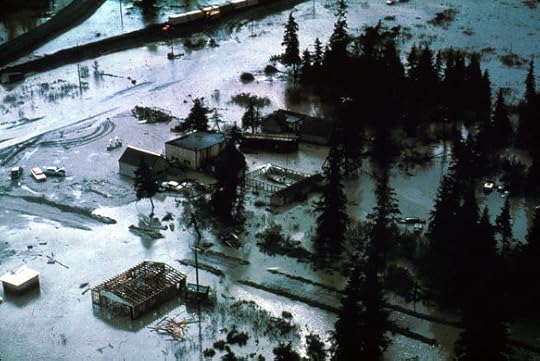 The 9.2 magnitude earthquake, which had side effects registered in Florida and Texas, lasted four minutes and 38 seconds, but did a devastating amount of damage. The quake raised some areas by as much as 30 feet in elevation and caused many buildings to collapse. The earthquake and the tsunamis it caused killed 139 people in total.
The 9.2 magnitude earthquake, which had side effects registered in Florida and Texas, lasted four minutes and 38 seconds, but did a devastating amount of damage. The quake raised some areas by as much as 30 feet in elevation and caused many buildings to collapse. The earthquake and the tsunamis it caused killed 139 people in total.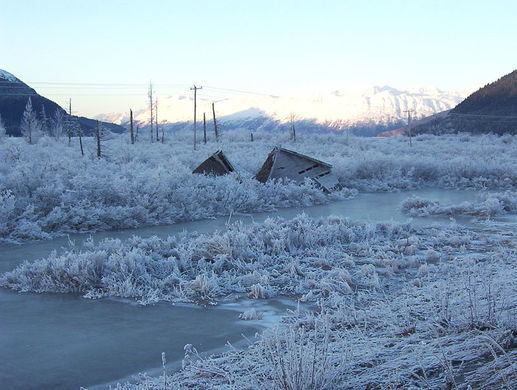
Some of the locations hit were the hamlets of Portage and Girdwood, both southeast of Anchorage. A Portage native described the earthquake as “like riding an open door elevator.” After the aftershocks subsided, all that was left of Portage were ruins and a barren forest. It was decided then that Portage would be abandoned and Girdwood relocated.
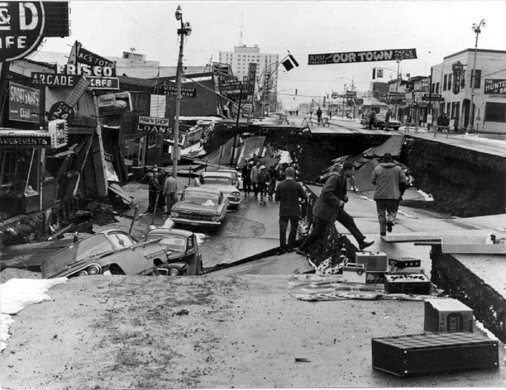
Today, the remaining bits of Portage serve as a ghost town; a skeletal reminder of the mining community that once thrived there and the force of nature that destroyed it.

Clancy's comment: Mm ... Three things I have always had respect for are water, machinery and nature.
I'm ...


Published on July 18, 2019 15:26
July 17, 2019
18 July 2019 - AWESOME PHOTOGRAPHY FROM THE SIENA PHOTO AWARDS

AWESOME PHOTOGRAPHY
FROM THE
SIENA PHOTO AWARDS
G'day folks,
This year, the judges of the Siena International Photo Awards had the unenviable task of sifting through no less than 48,000 submissions from 156 countries. Nevertheless, the results are in, and the 20 submissions you’re about to see below are some of the very best entries. Enjoy!


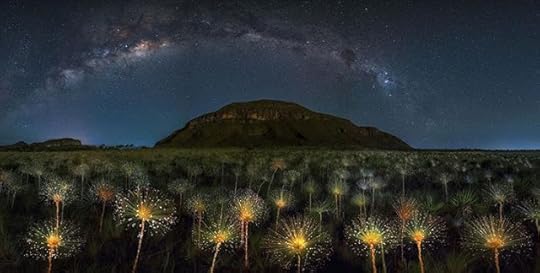



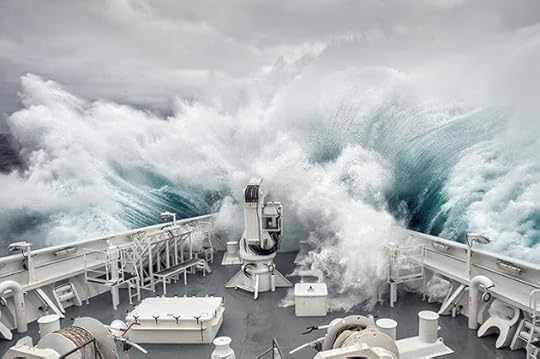






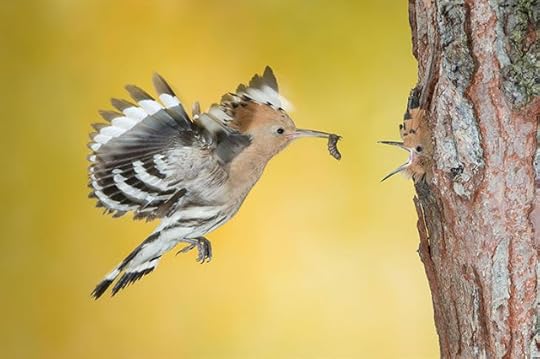


 Clancy's comment: Mm ... Excellent. The average person has no idea what effort is made by photographers to take these shots. Some are lucky moments, but many involve time waiting, especially with wildlife. Perceiving what is about to happen is a large part of taking a sensational picture. Many thanks to these photographers for sharing their work.I'm ...
Clancy's comment: Mm ... Excellent. The average person has no idea what effort is made by photographers to take these shots. Some are lucky moments, but many involve time waiting, especially with wildlife. Perceiving what is about to happen is a large part of taking a sensational picture. Many thanks to these photographers for sharing their work.I'm ...

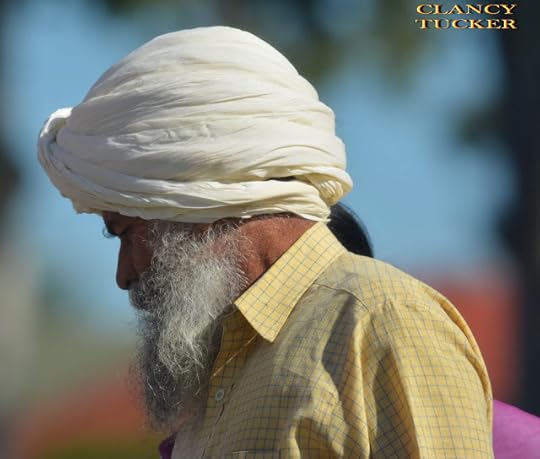
Published on July 17, 2019 14:26
July 16, 2019
17 July 2019 - TEMPLE BAR MEMORIAL DRAGON IN LONDON
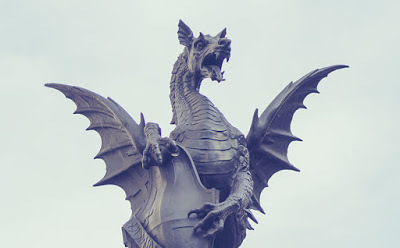
TEMPLE BAR MEMORIAL DRAGON IN LONDON
G'day folks,A fierce beast perches atop a pedestal marking where the historic City of London gates once stood. In the Temple Bar area of London, just outside the Royal Courts of Justice, stands a pedestal crowned by a sculpture of a dragon that appears ready to swoop down on passersby.
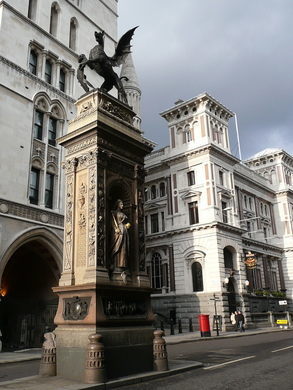 This impressive Victorian-era sculpture was traditionally known to locals as “The Griffin,” perhaps due to its feline-like posture and body shape, and its snarl that is reminiscent of a big cat. However, this creature is in fact meant to represent a dragon. The dragon was created in 1880 by the sculptor Charles Bell Birch, who had been commissioned by the Royal family and government to produce an ornate sculpture to surmount the pedestal marking what were the historic gates of the City of London.
This impressive Victorian-era sculpture was traditionally known to locals as “The Griffin,” perhaps due to its feline-like posture and body shape, and its snarl that is reminiscent of a big cat. However, this creature is in fact meant to represent a dragon. The dragon was created in 1880 by the sculptor Charles Bell Birch, who had been commissioned by the Royal family and government to produce an ornate sculpture to surmount the pedestal marking what were the historic gates of the City of London.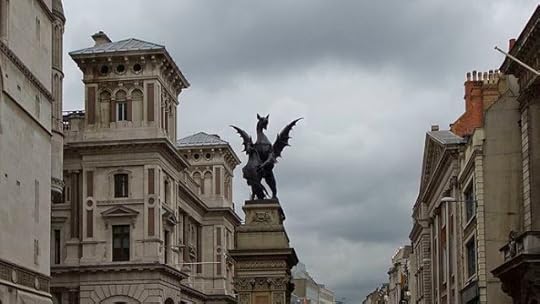
The Victorians were romanticists and consciously revived trends from earlier periods of history. As such, Birch chose the dragon as the subject of the sculpture because the beast had always been a culturally important symbol for the City of London and the English nation.
Dragons are creatures of heraldic significance and are prominent characters within English folklore, from the ancient Anglo-Saxon mythological stories such as Beowulf to the tale of Saint George the dragon slayer and patron saint of England.
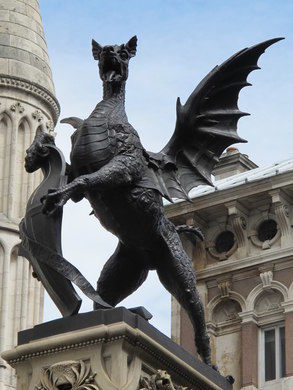
This particular dragon also plays another important symbolic role. In keeping with the folkloric beliefs about the treasure-guarding instincts of these mythical beasts, the Temple Bar dragon serves a totemic purpose as a protective guardian of the treasures of London.
 Clancy's comment: It's certainly a towering figure.
Clancy's comment: It's certainly a towering figure.I'm ...


Published on July 16, 2019 15:09
July 15, 2019
16 July 2019 - J. ALAN HYNEK and 'UFOLOGY'

J. ALAN HYNEK and 'UFOLOGY'
G'day folks,
UFO's have always enchanted me. American astronomer J. Allen Hynek is best known for investigations of unidentified flying objects and efforts to promote "ufology" as a legitimate scientific pursuit.
Who Was J. Allen Hynek?
J. Allen Hynek (May 1, 1910 - April 27, 1986) studied astronomy at the University of Chicago before joining the faculty at Ohio State University. In the late 1940s, he analyzed reports of unidentified aircraft sightings as a consultant to the U.S. Air Force's "Project Sign." The following decade, he began conducting more thorough investigations under the umbrella of the renamed "Project Blue Book," with his discoveries fueling a quest to turn the study of UFOs into a legitimate scientific practice. Hynek later founded the Center for UFO Studies and published multiple books on the subject. One of them introduced the "Close Encounter" classification of sightings, inspiring the Steven Spielberg film Close Encounters of the Third Kind.
Project Sign and Project Blue Book In 1948 astronomer J. Allen Hynek, then director of Ohio State University’s McMillin Observatory, agreed to help the U.S. Air Force investigate reports of unexplained aircraft sightings, including one that described the lightning-fast "flying saucers" above the Cascade Mountains in Washington.
As the astronomical consultant on "Project Sign," Hynek combed through the reports and sorted them into categories: There were those which were simply astronomical observations, like the appearance of a meteor, those explained by meteorology, like an unusually shaped cloud, and those which captured accounts of man-made objects, like balloons. That left about 20 percent with no clear explanation, though Hynek felt that answers would eventually surface and returned to Ohio State.
By 1952, with reports continuing to trickle in, the Air Force had rekindled the operation as "Project Blue Book." Hynek was also back in the fold and now granted the license to investigate the alleged sightings in the field. While he had harbored plenty of skepticism the first time around, he found his assumptions challenged by the rational recollections of witnesses, and began thinking about the legitimate scientific study of these "Unidentified Flying Objects" or "UFOs."

By the 1960s, Hynek had moved on as the chair of the Department of Astronomy at Northwestern University and was at odds with the stifling oversight of the Air Force.
With the arrival of new intriguing cases, like a reported sighting of alien beings by New Mexico police officer Lonnie Zamora in 1964, Hynek began conferring with other curious Northwestern faculty members in what he called his "invisible college."
In March 1966, Hynek was dispatched to investigate reports of unusual lights in separate areas of Michigan over successive nights. Rushed to conduct his findings amid a horde of reporters, the scientist soon announced that the sightings were possibly the result of "swamp gas."
The term became a national joke, but Michigan Congressman and House Minority Leader Gerald Ford wasn't laughing and demanded the Armed Services Committee pick up what he felt was a shoddy investigation. Called to testify, Hynek used the occasion to argue for an extensive, transparent study of UFOs, marking his first public break from the Air Force.
With the formation later that year of the University of Colorado's "Condon Committee," named for director and physicist Edward Condon, Hynek was thrilled that UFO research had finally risen to a level of national importance. However, he was disappointed when the committee concluded two years of study with the report that there was no need to expend further resources on the subject. In 1969, Project Blue Book was formally shuttered for good.

No longer hamstrung by the Air Force, Hynek in 1973 formed the Center for UFO Studies (CUFOS) to further legitimize the field of "ufology." CUFOS enjoyed some successes in its early years, leading investigations of reported sightings while fostering working relationships with law-enforcement agencies.
Hynek left Northwestern in 1978 to devote his full attention to CUFOS. By the early 1980s, fundraising efforts were flailing and Hynek was forced to run the operation out of his home in Evanston, Illinois. He was lured to Scottsdale, Arizona, by a potential benefactor in 1984, though the promise of a revived operation failed to materialize.

CUFOS remains in existence, run by a devoted board of disciples who retain access to Hynek's files and continue to aid investigations of UFOs and other unexplained phenomena.

Clancy's comment: Fascinating stuff.
I'm ...


Published on July 15, 2019 14:35
July 14, 2019
15 July 2019 - WORLD'S LARGEST CHOCOLATE WATERFALL IN ALASKA
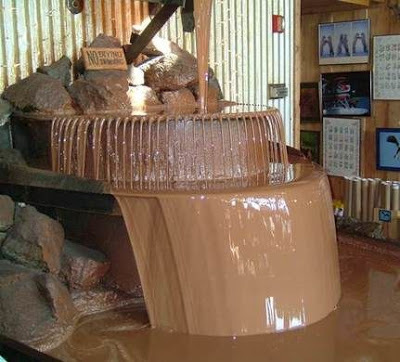
WORLD'S LARGEST CHOCOLATE WATERFALLIN ALASKA
G'day folks,
Here is something different. While not recognized by Guinness, this chocolate waterfall is likely to be the world's largest.
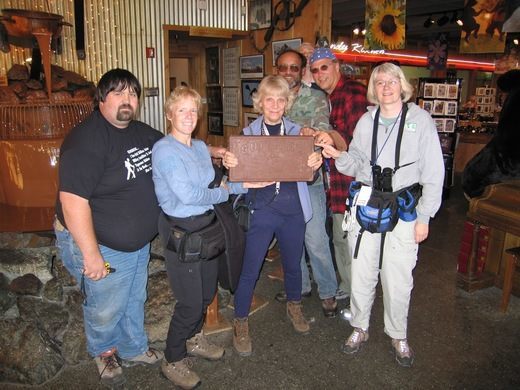
Alaska is known for the cold, but the World’s Largest Chocolate Waterfall in Anchorage is pumping more hot cocoa confection than anywhere on the planet.
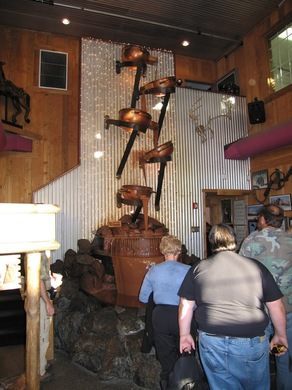
Consisting of a series of copper melting pots which spill liquid chocolate into one another before the stream reaches a grand fountain which settles out into a pool of pure candy, the sweet attraction brings plenty of visitors into the Alaska Wild Berry Park Store which houses the oddity. So popular is the fountain that much of the chocolate has been donated by large chocolate companies such as Nestle and Guittard. The falls pump over 3000 pounds of molten chocolate down the 20-foot installation at any given time, although visitors are not allowed to swim.
 Clancy's comment: Imagine the delicious smell?
Clancy's comment: Imagine the delicious smell?I'm ...

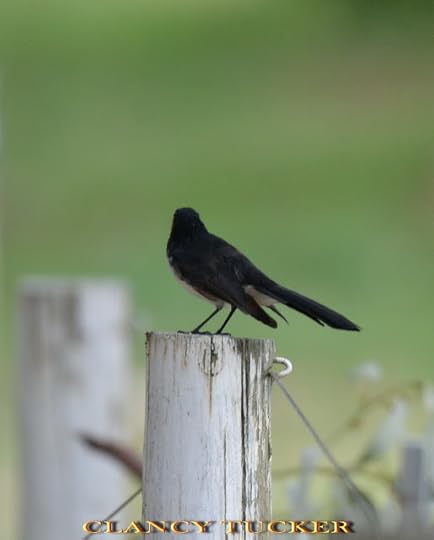
Published on July 14, 2019 15:04
July 13, 2019
14 July 2019 - FABULOUS PICTURES THAT MOVE

FABULOUS PICTURES THAT MOVE
G'day folks,
Welcome to some more of those stunning moving pictures.




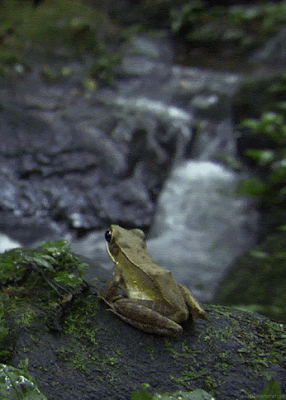





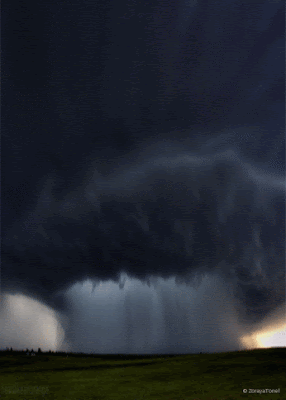
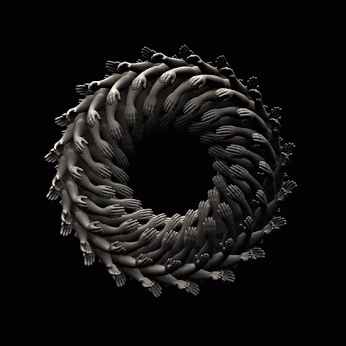


Clancy's comment: I loved the music piece.
I'm ...


Published on July 13, 2019 15:57



